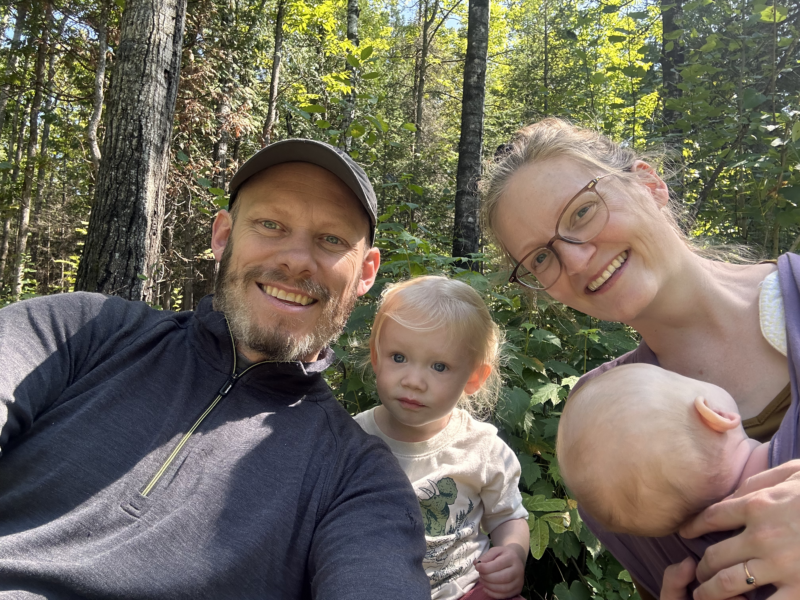
Written by Kate Tovsen, Upstream Care for Place Fellow
While my parents weren’t necessarily outdoorsy, they still imbued in me a feeling of stewardship and care for place.
One of the things we regularly did as a family was taking what my mom would unironically call “trash hikes” along a small canal near our house. (When one hears the word “hike” on its own, it may evoke aspirational feelings. Admittedly, a “trash hike” doesn’t sound nearly as epic, but hear me out!) We would don our rubber gloves, grab a trash bag, and pick up trash along the route to a local movie theater, depositing our haul in the dumpster before washing our hands and sitting down with a bucket of popcorn to enjoy the latest Disney flick.
There were imposed limits to what we could pick up. Cigarette butts were where my parents drew the line, which meant those, and the more unsavory debris you might imagine along a canal in Denver got left behind, but pop cans, water bottles, cellophane wrappers, packing peanuts and the like were all fair game! Naturally, this turned it into a sort of competition between my brother and I — who could spot and acquire the bottle in the most difficult-to-reach spot? — but the conversation always came back to “leaving a place better than we found it.” My mom was teaching me “leave no trace” ethics years before I would actually learn the term.
In our teenage years and early twenties when my brother and I were running summer programming for Denver Parks and Rec, we recreated our beloved childhood experience for the day campers. (No movie day is complete without a trash hike, right?!) Like us, they took to it! And like us, maybe not initially for the most altruistic of reasons. Regardless of motive, the canal now had a mighty band of 30ish kids vying for the title of Best Trash Picker Upper.
As an adult, I first introduced trash hikes to my husband during COVID. We noticed that the virtually private trails near our home were all of a sudden being used much more frequently, which I think we can all agree is a positive thing. However, we also noticed that these woods were being littered with beer bottles, surgical masks, and even graffiti. So out came the trash bags, which we started keeping by the dog’s leash. (Anecdotally, the trail usage and litter have returned to pre-pandemic levels. Along with Upstream, it is my hope that we can encourage one without getting the other!)
Now, a few years after the height of the pandemic, we have two kids. While they are still a little too young to participate in picking up trash themselves, we model the way and talk about the impact we have on a place, be it trails or the playroom at Grandma and Grandpa’s. I hope my kids — my summer camp kids and my biological kids — will always be able to hear my motherly call to leave a place better than we found it.
RELATED: Embracing Minnesota Winters: From Fleece to Frost, Finding Joy in the Cold and Sharing It with Family, Embracing Northwoods Community: Connecting with Future Neighbors and Caring for the Boundary Waters from Afar
What’s Your Upstream Story?
We share stories of stewardship written by and about Minnesotans like you! Share your story here.